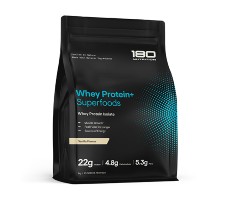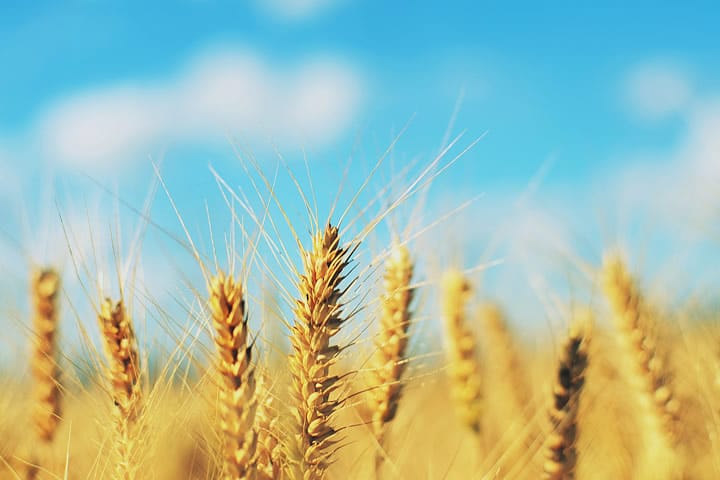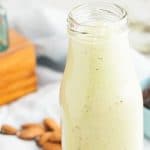Gluten is a complex protein found mainly in wheat. It is made of two component proteins, gliadin and glutenin, which form an elastic network that gives bread its pliable yet sturdy form.
Gluten is activated when you mix water with wheat flour, which becomes thick, pasty dough – which is then kneaded and rolled into a huge variety of breads. These creations can be anywhere from light, airy, and flaky, to tough and chewy.
In fact, even Play-Doh is mostly gluten (with a bit of borax, salt, and mineral oil), which is why it has the consistency of regular dough.
Where Do We Find Gluten?
Several kinds of grains actually contain gluten, but wheat has the most gluten content of all, making it ideal for making bread, pasta, cakes, and pastries. Other variations of wheat you might find on grocery shelves include:
- Flour, in all its varieties (e.g. bread flour, all-purpose flour, bleached flour, self-rising flour, cake flour, pastry flour, etc.)
- Durum (also known as emmer) and semolina – both used for making pasta
- Bulgur, which is coarsely chopped durum
- Couscous, which is made of semolina
- Graham flour
- Matzo dough
- Seitan
- Farro
- Einkorn
Other grains which have a bit less gluten (but still have them) are:
- Barley
- Rye
- Kamut
- Spelt
- Triticale
- Dinkel
Some people with a wheat allergy might be OK with these grains, but if you have a gluten intolerance (like celiac disease or NCGS), it’s better to avoid these altogether.
A Note on Oats
Oats are kind of a grey area: traditionally, oats are grown next to fields of wheat, are processed alongside wheat, and are made into products that – in all likelihood – also can be cross-contaminated with wheat.
Fortunately, more manufacturers are already aware of this, and make an effort to keep wheat away from oats to avoid cross-contamination. So if you see a “gluten-free” callout on the packaging of oatmeal (or some other oat product) these should be OK.
Going Gluten-Free
Understandably, there are people who need to go gluten-free because they have to (i.e. they have celiac disease or gluten sensitivity), and then you have people who want to try the lifestyle just because (they believe they can lose weight and feel better).
When you do make the commitment to switch to a gluten-free lifestyle, doing it right is the key to your success. Make an effort to continue educating yourself, and networking with other folks who have also ditched gluten.
To help you on your journey, have a look at this infographic of interesting stats and facts about the gluten-free lifestyle by the good people of MedAlertHelp.org.










